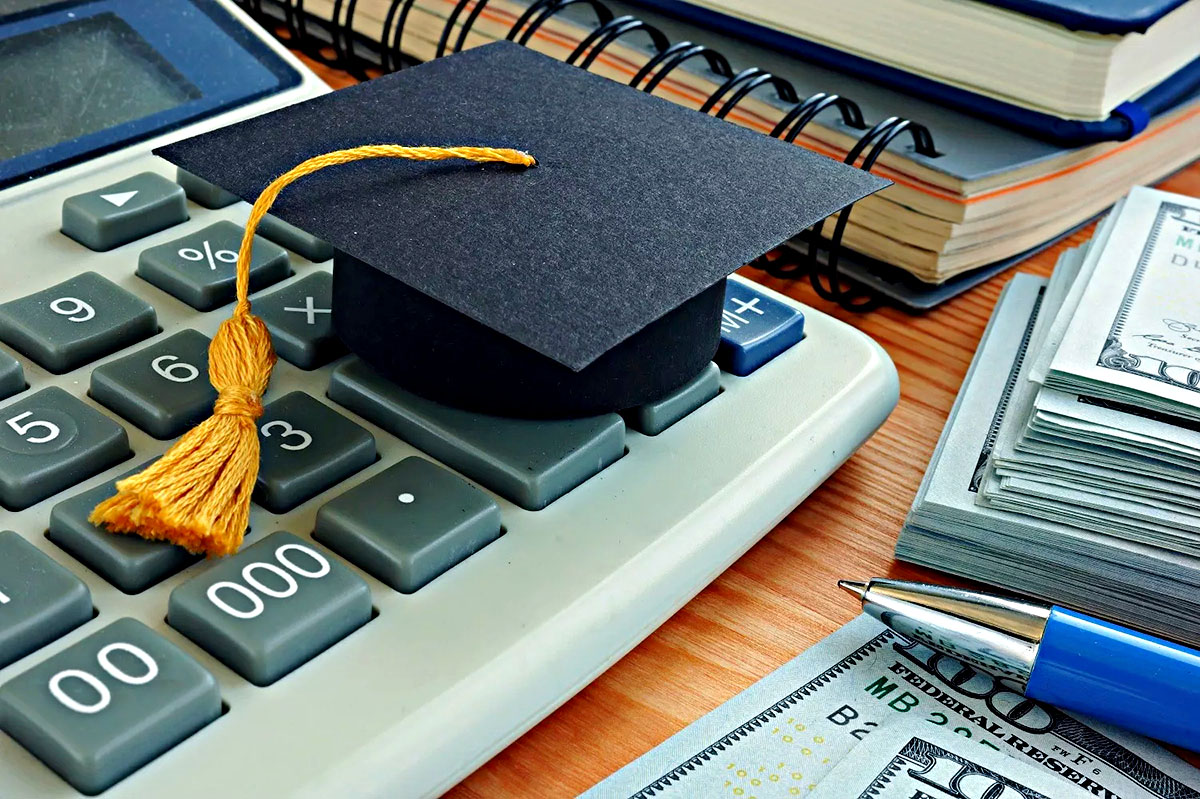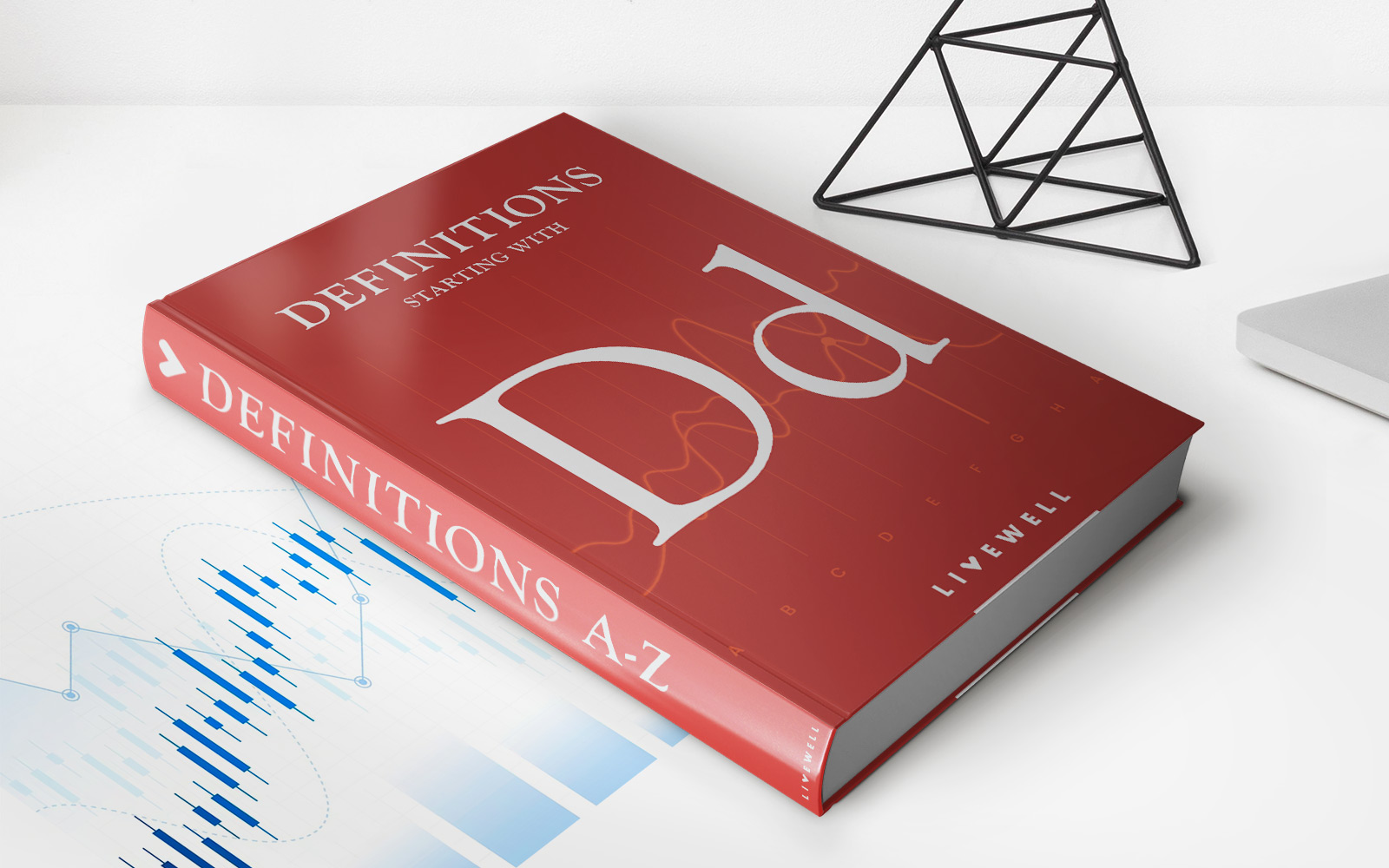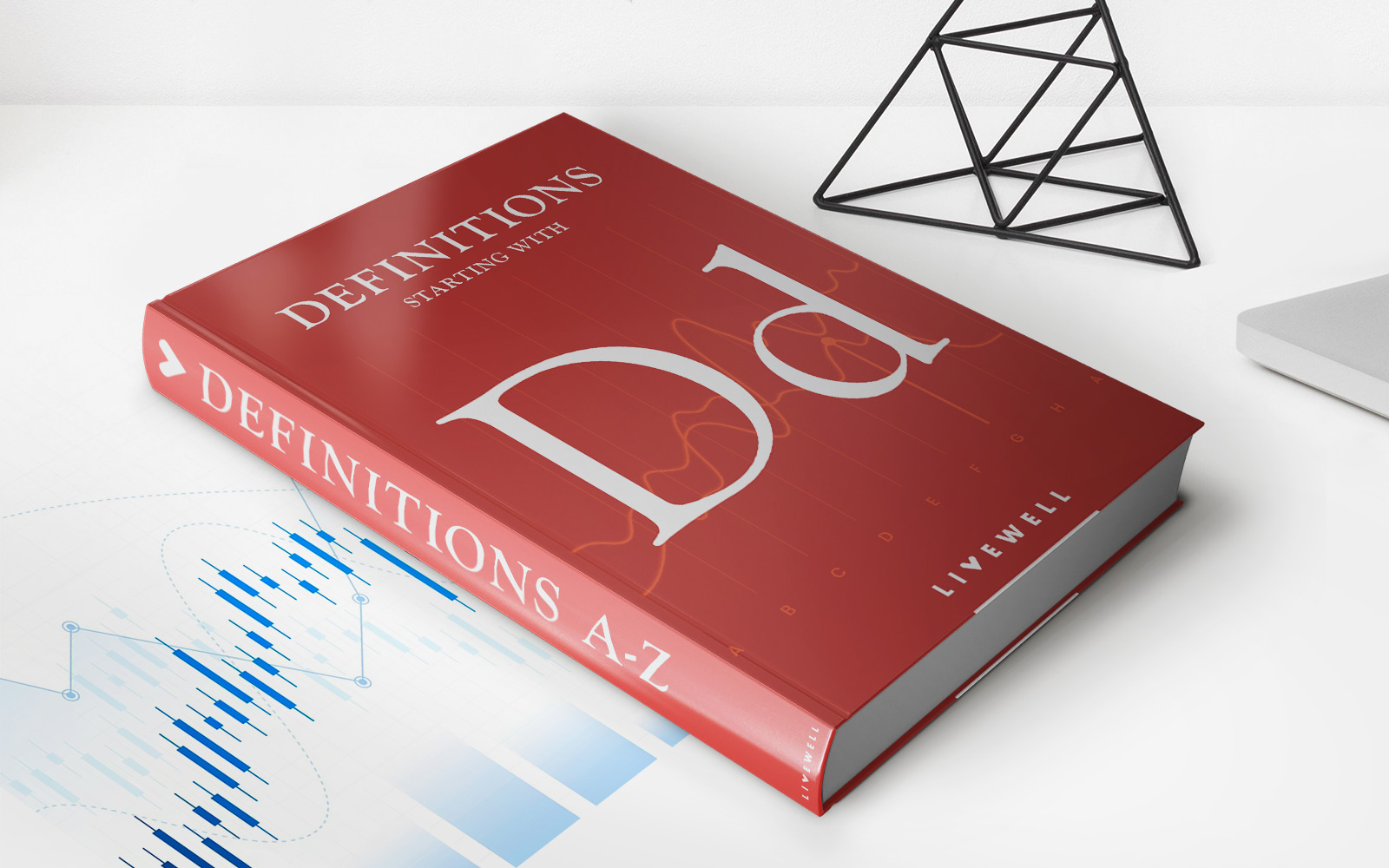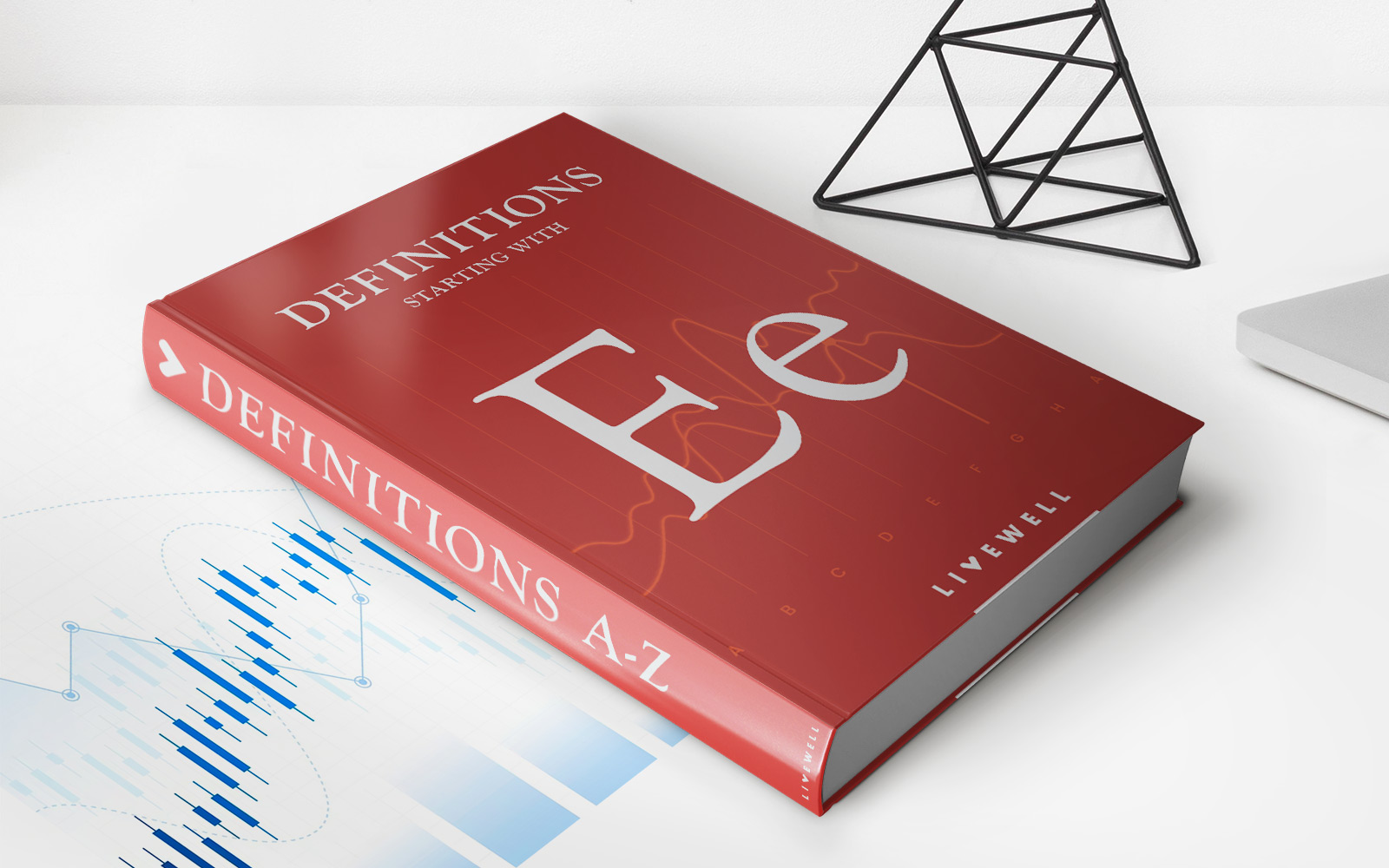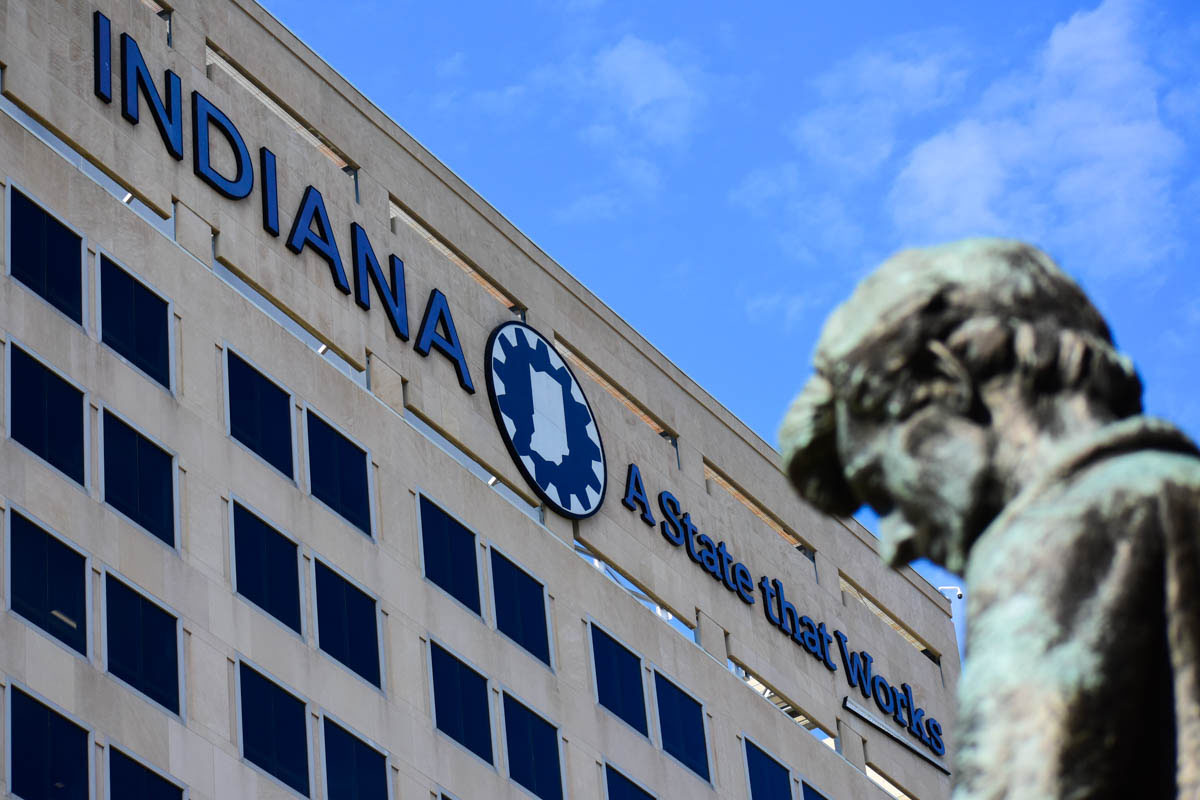Home>Finance>Federal Direct Loan Program: Definition And How It Works
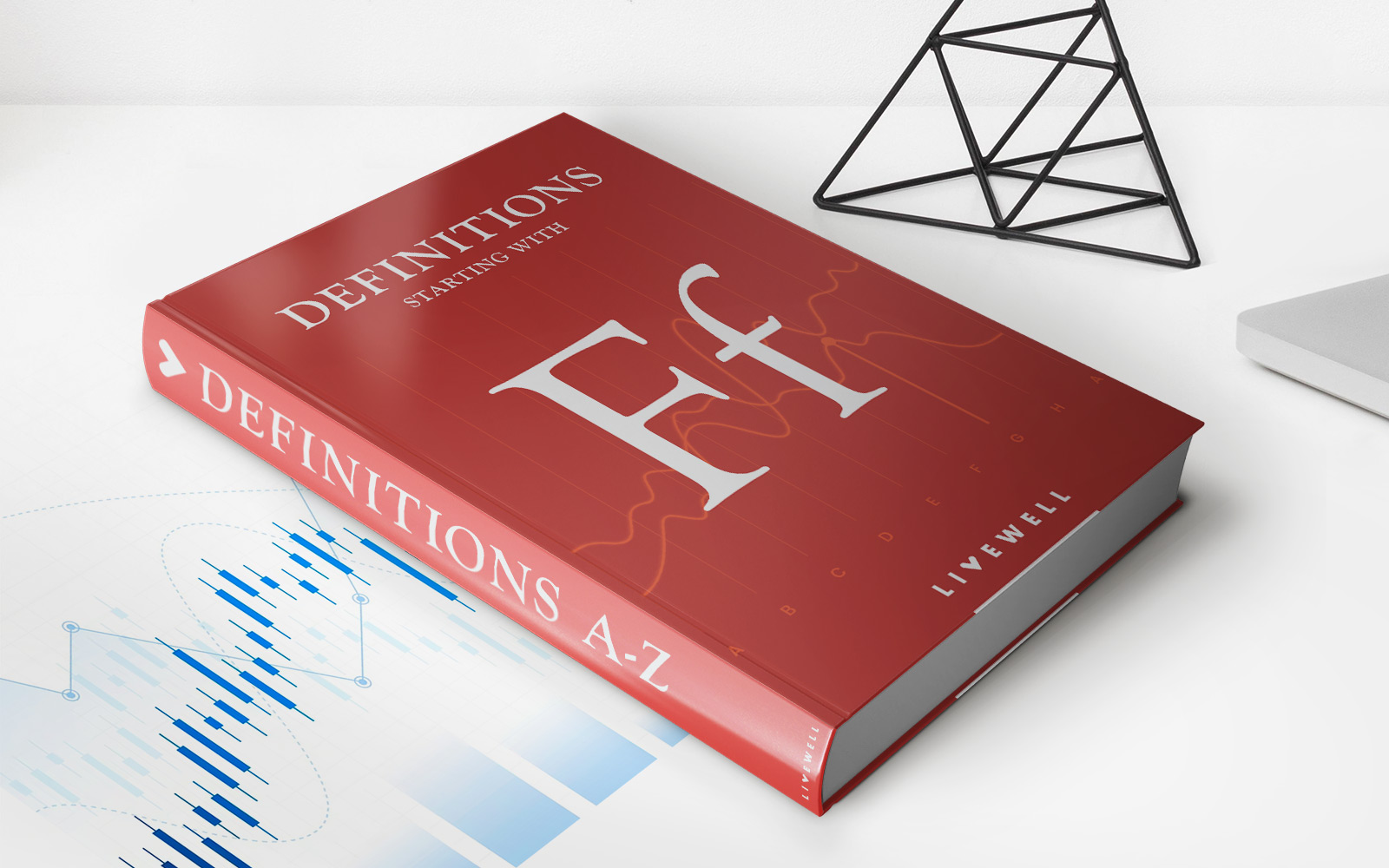

Finance
Federal Direct Loan Program: Definition And How It Works
Published: November 22, 2023
Learn about the Federal Direct Loan Program, its definition, and how it works. Discover important information about finance and student loans.
(Many of the links in this article redirect to a specific reviewed product. Your purchase of these products through affiliate links helps to generate commission for LiveWell, at no extra cost. Learn more)
Understanding the Federal Direct Loan Program
When it comes to financing your education or managing your student loan debt, understanding the different types of loans available is crucial. One such loan program that plays a significant role in helping students and families afford higher education is the Federal Direct Loan Program.
The Federal Direct Loan Program, established by the U.S. Department of Education, is the largest federal student loan program in the United States. It provides low-interest loans to undergraduate and graduate students, as well as parents of dependent students, to assist with educational expenses.
Key Takeaways:
- The Federal Direct Loan Program is the largest federal student loan program in the United States.
- Low-interest loans are available for undergraduate and graduate students, as well as parents of dependent students.
How the Federal Direct Loan Program Works
The Federal Direct Loan Program offers two main types of loans: Direct Subsidized Loans and Direct Unsubsidized Loans. Both of these loans can be used to cover the cost of tuition, fees, books, and other educational expenses.
A Direct Subsidized Loan is available to undergraduate students with demonstrated financial need. The U.S. Department of Education pays the interest on these loans while the student is in school, during the grace period, and during authorized deferment periods. This can help alleviate the financial burden on students while they are pursuing their education.
On the other hand, a Direct Unsubsidized Loan is available to both undergraduate and graduate students, regardless of financial need. Unlike subsidized loans, interest on unsubsidized loans begins accruing as soon as the loan is disbursed. Students have the option to pay the interest while in school or have it capitalized and added to the principal balance.
Repayment of Federal Direct Loans typically begins six months after students graduate, leave school, or drop below half-time enrollment. The exact repayment terms and conditions may vary depending on the specific loan program and the borrower’s financial situation.
Final Thoughts
Whether you are a student or a parent of a student, familiarity with the Federal Direct Loan Program is essential for maintaining financial stability while pursuing education. By understanding the types of loans available, eligibility requirements, and repayment options, you can make informed decisions that will help you achieve your educational goals without undue financial burden.
Remember, the Federal Direct Loan Program provides an opportunity for students to fund their education at affordable interest rates, and it is crucial to carefully assess your options and responsibilities before committing to any loan program.





